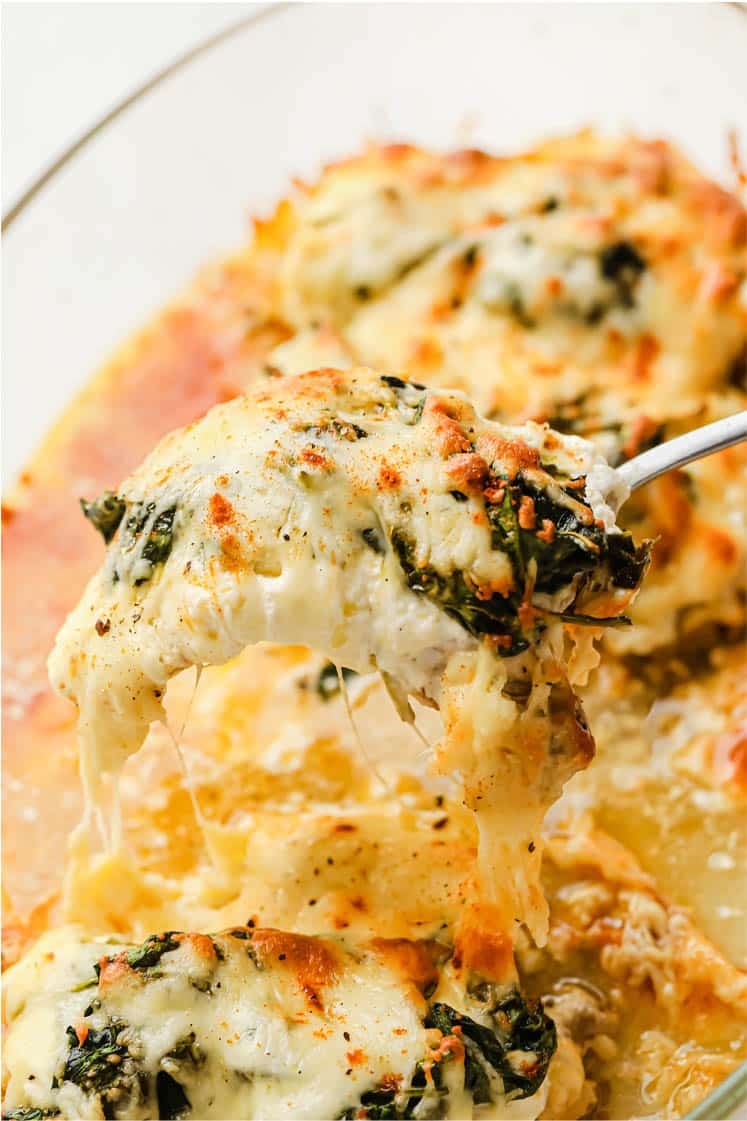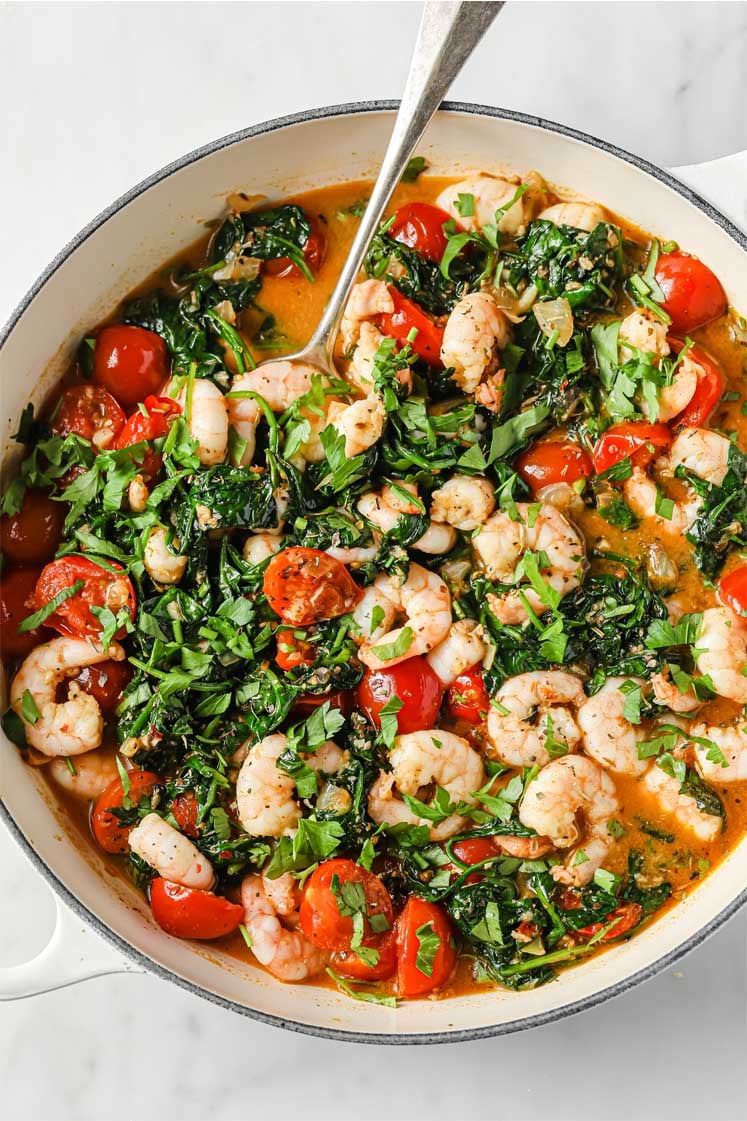Can silicone go in the oven? Absolutely, and it’s a popular choice for kitchenware due to its high heat resistance and nonstick surface. Frequently used as an alternative to metal or glass pans, silicone items are known for their lightness and flexibility. They can typically handle temperatures up to 428 F, making them suitable for a wide range of baking tasks.

However, it’s important to note that silicone products’ quality and heat tolerance can vary. Always check the product labels and follow the provided instructions.
To prevent damage like melting or warping, use silicone within its recommended temperature range. Remember, silicone bakeware should not directly touch heating elements or flames, as this can harm the material. By following these guidelines, you can enjoy the benefits of silicone bakeware.
“Silicone baking tools have been a lifesaver. I have just about anything you can imagine in silicone form. Using nut flours or fibers has always been a challenge, and silicone bakeware made it possible for my kids to enjoy healthier options in beautiful shapes that never stick together.”
— Zuzana Paar, Low Carb No Carb
Safety guidelines
When using silicone cookware, follow all safety guidelines to ensure durability and food safety. These include adhering to temperature limits, purchasing food-grade items and following specific manufacturer recommendations. Ensuring that your silicone bakeware is free from harmful chemicals and fillers not only protects your health but also enhances the longevity and performance of the bakeware.

Maximum temperature ratings
Silicone kitchen products have varying maximum temperature ratings. For baking molds and mats, it’s best to only heat them up to 446 F. This temperature range is ideal for a variety of baking applications, from cakes to cookies to bread. Exceeding recommended temperatures may cause the silicone to degrade. It’s also worth noting that some silicone products are designed to withstand lower temperatures, making them suitable for use in the freezer for tasks like making ice cubes or setting no-bake desserts.
Chemical Stability
Silicone’s chemical stability is a key factor in its safety. It’s a non-reactive material, meaning it doesn’t release harmful chemicals when subjected to heat. This makes it a healthier option compared to some non-stick coatings.
Food-grade silicone is a better choice. It’s specifically designed to be non-toxic and free of substances like BPA. Keeping this in mind ensures that any chemicals released during baking are minimal and not harmful to health.

Food-grade standards
Not all silicone is meant to be used when baking. Look for these standards to ensure that the silicone is safe for cooking. Silicone items coming into contact with food should be:
- Certified food-grade: Look for FDA approval or BPA-free labels. These certifications guarantee that the silicone is safe for food contact and doesn’t contain harmful chemicals that could leach into your food. These certifications also reassure consumers that the product has been tested for safety and meets stringent health standards.
- Free of fillers: A pinch test — twisting the silicone to check for white streaks — can indicate the presence of non-silicone fillers. Pure silicone should not change color when twisted. Fillers can compromise the integrity of the bakeware, leading to potential health risks and reduced performance over time.
Oven types compatibility
Silicone is a versatile material compatible with various types of ovens. Its heat resistance ensures safe usage within a standard temperature range.
Conventional ovens
In conventional ovens, silicone bakeware, like what’s required in this cottage cheese breakfast muffins recipe, can be used without concern. They withstand temperatures up to around 425 F. However, it’s important to check the manufacturer’s specifications for each silicone product. Using a thermometer inside the oven can help ensure that the temperature remains within safe limits, protecting your silicone bakeware from accidental damage.

Convection ovens
Silicone items are also suitable for convection ovens, which are known for providing an even baking process. They should be placed on a metal rack or baking sheet for stability due to the moving air. This placement helps prevent the lightweight silicone from being displaced by the circulating air, ensuring even baking and preventing spills.
Toaster ovens
Silicone also works well in toaster ovens. Just note that the silicone should be kept at least an inch from the heating elements to prevent damage from exposure to direct heat. Using smaller silicone molds designed specifically for toaster ovens can make baking in these compact appliances more convenient and efficient.
Usage tips
When using silicone bakeware in the oven, it’s important to consider placement, cooking time adjustments and cleaning to ensure optimal results and longevity of the bakeware.

Placement in the oven
Keep silicone bakeware at least 1 inch away from the oven walls and heating elements. This prevents overheating and potential damage. Also, place silicone bakeware on a firm baking sheet before filling. This step is crucial to prevent spills due to the flexible nature of silicone. Using a baking sheet also makes it easier to transfer the bakeware in and out of the oven, reducing the risk of burns or accidents.
Cooking adjustments
Be aware that baking times might be shorter since silicone heats up and cools down quickly. It’s a good practice to start checking for doneness a few minutes before the recipe’s stated time. Adjusting the oven rack to the middle position can also help ensure even heat distribution, leading to more consistent baking results.
Additionally, silicone’s insulating properties can sometimes lead to uneven cooking, particularly for larger items like cakes or bread. Placing the silicone on a preheated metal tray can help achieve a more even bake. Rotating the bakeware halfway through the baking time can also help mitigate uneven cooking, ensuring that your baked goods come out perfectly every time.
Cleaning and maintenance
Allow the bakeware to cool first, then clean it with warm, soapy water or place it in the dishwasher if it’s dishwasher-safe. For hand washing, use warm, soapy water and a soft sponge. Avoid abrasive cleaners or scrubbing pads, as these can damage the silicone.

Dry bakeware thoroughly before storage to prevent moisture build-up, which can cause unpleasant smells or mold. Store the bakeware in a cool, dry place and avoid contact with sharp objects that could puncture or slice the silicone material.
When stacking silicone molds, place a soft cloth between them to avoid sticking or deformation. Proper storage will keep them in good shape for your next use. Regularly inspecting your silicone bakeware for signs of wear and tear can help you catch potential issues early, ensuring that your bakeware remains in top condition.
Common issues when baking with silicone
When using silicone bakeware in the oven, bakers might face certain challenges that can affect how well their food cooks and how long their bakeware lasts. Understanding these issues can help in finding effective solutions.

Odor and taste transfer
One of the drawbacks of silicone is its potential to absorb strong smells and tastes, which can then be transferred to other foods. This issue is more prevalent when using silicone for baking foods with strong flavors. Using separate silicone bakeware for different types of foods can help minimize cross-contamination of flavors, ensuring that your baked goods taste as intended.
To avoid this, some bakers have separate silicone items for sweet and savory baking. Regular and thorough cleaning can also help reduce flavor transfer, though it may not eliminate it.
“I excitedly bought a huge set of silicone bakeware years ago, which is now sitting in the basement. It turns out I much prefer baking with traditional pans. I found that baked goods stuck to pans even though they were supposed to be nonstick. But my biggest issue was that no matter what dishwasher detergent I used and no matter where I placed silicone pans in the dishwasher, they came out smelling like soap.”
— Erin Dooner, Texanerin Baking
Staining challenges
While silicone is nonstick and generally easy to clean, it’s prone to staining over time. Foods with deep colors can leave marks that are tough to remove. Additionally, nonstick cooking sprays can create a build-up over time, leading to a sticky residue that’s difficult to clean. Using natural cleaning agents like lemon juice or vinegar can sometimes help in removing stubborn stains and odors, restoring your bakeware to its original condition.

Preventing stains involves prompt cleaning after each use. Sometimes, soaking the silicone in a mixture of baking soda and water can help lighten stains and remove residue from cooking sprays. However, it’s important to accept that some staining over time is normal and doesn’t necessarily affect the functionality of the bakeware. Storing your silicone bakeware in a cool, dark place can also help prevent discoloration and prolong its lifespan.
“Silicone mats are great in place of parchment paper when baking, but while I have tried out silicone baking molds for things like cupcakes, bread and more, I’ve been less thrilled with those and returned to traditional pans. Nonstick spray adheres to them, becoming hard to remove.”
— Michelle Price, Honest and Truly
Warping risks
Silicone bakeware is valued for its flexibility, but high temperatures can sometimes lead to warping. Silicone can change shape if exposed to heat for too long, especially if it’s not placed on a stable surface like a metal baking sheet. To mitigate this risk, always preheat your oven and avoid exposing the silicone bakeware to sudden temperature changes, which can cause it to warp or crack.

Final thoughts
The final answer to the question, ‘Can silicone go into the oven?’ is that yes, silicone bakeware can be a practical tool, but they do experience some issues, especially when cleaning them. They can handle heat up to around 428 F and don’t stick, which is great for baking. It’s important to buy good quality silicone and follow the maker’s instructions. Remember, using silicone correctly means knowing and following its use and care instructions. Investing in high-quality silicone bakeware and adhering to best practices for use and maintenance can help you get the most out of this versatile kitchen tool.
Portions of this article originally appeared on Food Drink Life.























Leave a Reply